
With Zeitsplitter, we celebrate time. Sign up for our newslettter now and receive inspiration on the facets of time - always at the beginning of the seasons.
#21 TEATIME, KAFFEEKLATSCH, APÉRO
IS EVEN TIME TARDY?
A language without time doesn't exist – because time is a fundamental element of coexistence. The description of temporality is a central feature of communicative culture, which is why people everywhere can express the aspects of past, present and future. But the correct point in time is marked differently in all languages, because languages differ greatly in their grammatical constructions of time: in Indo-European languages, for example, it is primarily defined by the tense of the verb, whereas in Chinese it is mainly defined by time-determining adverbs.
Punctuality is not solely determined by the precision of standardised time – it is particularly important that we know the linguistic conventions for the correct time.
#20 TIME SIGNS
AGAINST THE NARROWING OF SPACE TO A POINT
Since the invention of the sundial, clock hands have rotated in a circle, symbolizing the infinity of the flow of time. They establish a space-time correlation: As time passes, they move through a real space. Without calculating, we can tell at a glance how long something is before or after. But many children can no longer interpret the hands, because numerical displays increasingly dominate the representation of time. They conceal the blurriness of time-space and separate before from after. Their purely time-point-centered concept promises us punctuality, predictability, and efficiency.
Does it make us driven?
Or do we simply need to give time space again?

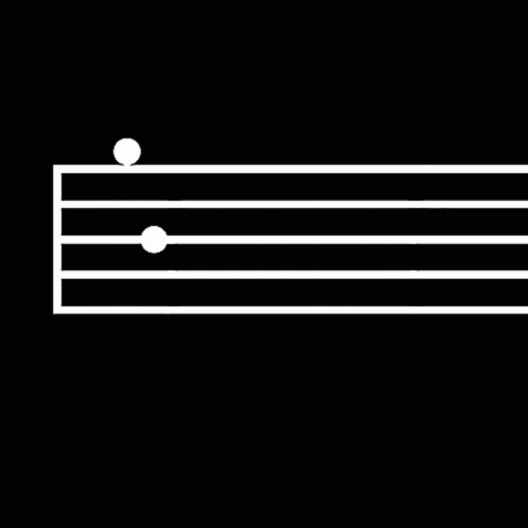
TIME CAST IN SOUND
OVERCOMING THE MOMENT
Time makes music. Time organizes sounds and noises into melody and rhythm, into timbres and harmonies. Only through this temporal arrangement does the flow of sound emerge, which we cannot resist. When we hear music, it immediately activates the brain regions responsible for emotions, movement, and creativity, and is immediately imprinted in our memory. Upon re-listening, it opens up regions of memory that are otherwise rarely accessible. Thus, it can transport us into the past, create a sense of the present, or create an emotional bridge to the future.
Music is not possible without time, but music allows us to step out of the moment: music is time in which time stands still.
#18 GREY MEN IN COLORFUL SUITS
WASTING TIME
The agents of the time-saving bank are among us. Social media, shopping, binge-watching — the possibilities for passing the time are multifaceted. We give our time away to commercial providers, and they live off it like vampires. Our time is their money. At the same time, we hope to be rewarded by saving the remaining time. We balance our work-life balance. We want to achieve greater time prosperity by giving up material wealth. But it remains a matter of dispelling it, with its synonyms: scaring it away and selling it. Perhaps we need to start not dispelling time, but squandering it; consciously spending time with both hands and knowing that it is endless. Because even if we believe we only live once, it is different: We only die once — but we live every day.


#17 TIME MAKES THE DIFFERENCE
ON THE VALUE OF ON AND OFF
Short on, short off, long on: These three time periods are sufficient to to send a message to the world.
Almost 200 years ago, Samuel Morse introduced the first precursors of what would later become Morse Code, transforming global communication. His data coding system was revolutionary because it used the temporal progression of the signal to transmit information. With short on, short off, long on, letters, numbers, or other characters can be transmitted flexibly and independently of the medium — through sound, light, or vibration. Since then, messages have spread rapidly around the world. Thus, Morse Code is the best symbol for the fact that messages take time — time to reach us in both senses of the word.
#16 LOOK RIGHT AND LEFT
TIME PERSPECTIVES
The flow of time is relentless; the present constantly transforms the future into the past. Many people develop an individual view of this flow over the course of their lives – their personal time perspective. If it is directed towards the past, I interpret many things only based on my experiences; if I focus on the future, I am guided primarily by my expectations; if the present is my center, I allow myself to be guided by the moment. If this time perspective is too rigid, we only view life from its perspective and thus create mental barriers. But thanks to the flexibility of the atlas joint, we can change our perspective – we just have to move our thoughts with our heads.

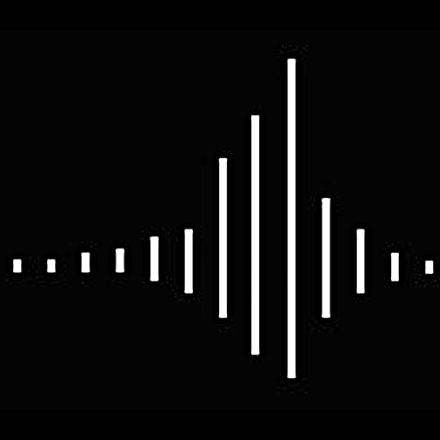
#15 COUNT TO THREE, NOT FOUR AND NOT TWO
THREE SECONDS OF ETERNITY
The present glides from past to future along the arrow of time. This direction is irreversible, for life does not unfold backward. Our subjective present spans approximately three seconds. Only within this span can our brain synthesize information and thus perceive events as simultaneous. These three seconds represent the transition from the eventful past to the dynamic future. However, these seconds do not pass; they always flow and exist forever - thus, eternity is found in the present.
#14 SHADOW HIDEOUTS
TWO UNEQUAL SIBLINGS
Noon. The sun is at its highest point and the bright day reaches its maximum. At the same time, midnight. On the other side. The sun is at its lowest point and the darkness of night envelops life. Noon and midnight are like two siblings who never meet, but who cannot exist without the other. Noon outshines the darkness with the sun, even the shadows creep away, there is light everywhere. It is the climax. But midnight is the transition. In its darkness it preserves its brightness. Only through it does light become visible, even the smallest glimmer shines. Witching hour. The shadows creep out again and the end of the old day becomes the beginning of the new sunrise.


#13: DARK TIME
FINAL FRONTIER
It's a constant cycle: night comes, day goes, light comes, light goes. Day is the time of social cooperation, of agreements, of preservation. Night, on the other hand, is the time of renewal, the time of change; it signifies freedom and concentration on what is essential. In the dark, peace returns; the sleep of others frees us from expectations, distractions dry up, and it inspires creativity. Midnight is the darkest moment. Deep blackness surrounds us, but the light of the smallest glimmer focuses our thoughts, and the twinkling of the stars opens the horizon.
#12: MOON BRAKE
THE DECELERATION OF THE EARTH
For us, the sun defines the year and the day; the periods after which it returns to the same point in the sky. But this rhythm is not immutable – 400 million years ago, a day was about two hours shorter, and a year had about 35 more days. The moon extends the length of a solar day. With its gravitational force, it creates wave crests that follow it across our planet as tides, continuously changing the shape of the Earth. Through the pirouette effect , the water masses slow the speed of the Earth's rotation. And so the moon slows the Earth by approximately 23 millionths of a second annually.
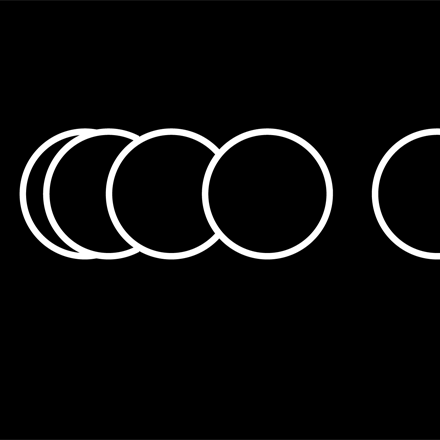

#11: LIFE RHYTHMS
TIDE
The rhythm of our society is defined by the solar day. Those 24 hours after which the sun is back at its zenith due to the Earth's rotation, and which structure our social life. But for coastal residents, the repetitive coming and going of water is just as significant. Land access points are flooded, shipping is possible, and all life pulsates between high and low tide. However, the coastline changes asynchronously with standard time; the rhythm of the tides is longer. This is because it is determined by the moon's gravity, which only appears to orbit the Earth once after 24 hours and 50 minutes. The path of the moon in its orbit around the Earth is added to the Earth's rotation. In this way, the moon sends us all a message: keep your habits flexible and pay attention to your surroundings.
#10: A VOID FULL OF BETWEEN
«MA» A CONCEPT OF SPACE AND TIME
The Japanese use MA to describe the intentional distance created by a brief pause between actions or by the empty space between objects. This distance, however, represents not separation, but a special connection. MA can be the silence between notes that allows music to emerge, the brief pause that emphasizes an action, or the volume for which a bowl was created. It is a spatiotemporal concept that is fundamentally different from the Western view of emptiness, which is geared towards apparent efficiency: MA is the in-between that confers meaning and is full of possibilities.

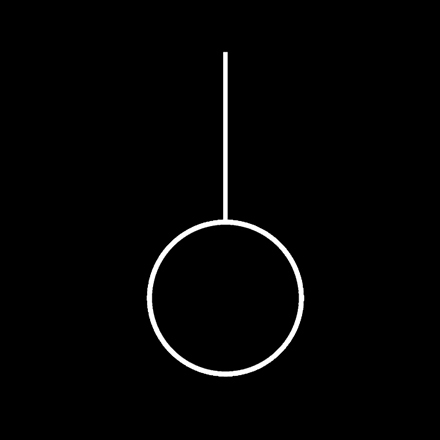
#9: STANDSTILL
THE EXTENSIBLENESS OF TIME
For many people, waiting is one of the most oppressive experiences of time. Nothing happens; the entire perception is focused on reaching the desired goal; all other impressions are blocked out. Seconds become minutes, minutes become hours, hours become days. The clock ticks continuously, but humans measure time in the number of new impressions: If we experience little of the unknown, time creeps along – but if we experience much, it races. The industrialized way of dealing with time is characterized by the uniformity of the clock's hands. But does this reflect the true passage of time?
#8: TEMPUS FUGIT? OSCILLAT!
HARMONIC BALANCE(S)
The name for the heart of a mechanical watch is associated with the word "balance" in most languages. Only in German is it called "Unruh" (balance), and is thus named less for its technical principle than for its essence: its constant back and forth inhibits the continuous unwinding of the wound spring, thus setting the pace for the movement. Its balanced, harmonious oscillation creates equal periods of time. These are added up with the help of the gears, and the passage of time is represented by the hands in the units we are familiar with.
The typical ticking of a mechanical clock proves it: here time does not pass, it oscillates.
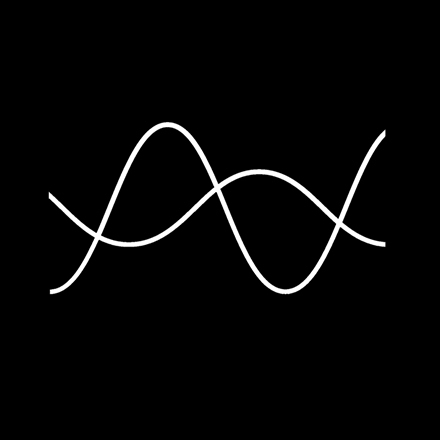
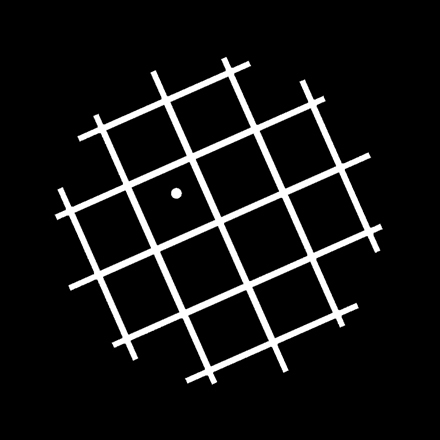
#7: 60 - SHE DIVIDES TIME AND ANGLES
47° 33‘ 29“ N
07° 35‘ 16“ O
The inhabitants of Mesopotamia developed the calculation of the calendar and geometry thousands of years ago. They used the 60-second system – this allowed them to count to 12 with their thumbs across the individual joints of their other fingers and multiply this number up to 60 with the five fingers of their other hand. This system fits perfectly with the 24 hours of the day and the 360 degrees of a circle. The Romans then named the 60-second fractions pars minuta and pars minuta. secunda . Thus, the 60 defies the metric system and unites us with the spirit of discovery of past eras.

#5: MORGENGRAUEN (DAWN)
THE BEGINNING OF EVERY DAY
Shift workers and late risers know this horror: in the morning, when the body cries out for sleep and every fiber of your being rebels against being awake. They curse this time of dawn,
when the sky glows blue, red, or golden. But the term isn't derived from the Middle High German " grûwen " (to experience horror), but from " grāwen " (to turn gray). For the true beginning of the day is marked by a shy gray, visible only when the sky is clear—for early risers, the most beautiful mood of the day.
#4: CECI N’EST PAS UNE HEURE
AT THE BLUE HOUR
The blue hour bathes everything in a very special light – inspiring not only photographers, artists, and writers. It owes its name to the intense coloration of the sky: the blue light spectrum dominates, as sunlight hits the ozone layer at an angle. The blue hour begins at sunset, but its length depends on latitude and date. At the beginning of summer on June 21st, it lasts 40 minutes in Basel and 54 minutes in Hamburg – so a period of time doesn't have to last 60 minutes for us to call it an hour.
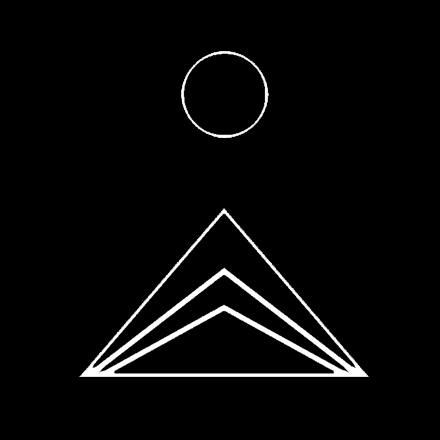
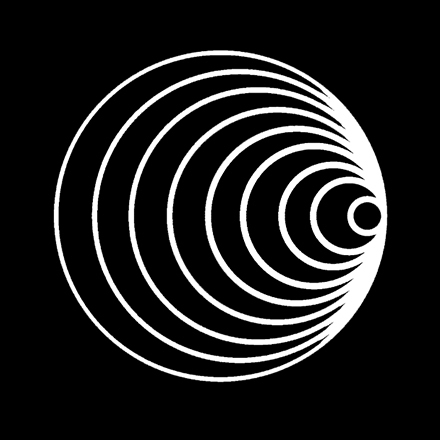
#3: EVEN TIME TAKES A BREAK SOMETIMES
THE SWEEPING SECOND
That the second hand of a mechanical watch moves smoothly through the minute track is an illusion: With the "sweeping second," the hand performs barely perceptible steps, defined by the number of semi-oscillations of the rate regulator. Depending on the movement, this can range from six to ten partial steps – always with a tiny pause in between.
#2: JUST A MOMENT
ONE EYE
A LOOK
ONE MOMENT
Is a moment the time between two blinks - four, five, six seconds? Or is it the time it takes for the light beam to trigger vision on our retina - fractions of a second? Or is it the time until we avert our gaze? In an instant, we can lose ourselves, fall in love, or linger. Moments are not a measure of time, but a unity full of personal meaning.
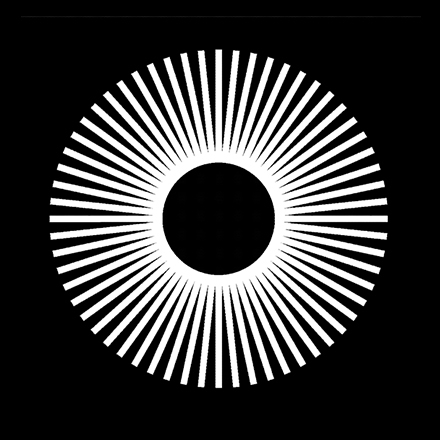

#1: CALENDAR SYSTEMS
For thousands of years, people have attempted to harmonize the length of the day, the lunar orbit, and the solar year, thereby structuring the annual cycle for agriculture, migration, and religious rituals. The Gregorian calendar reflects the solar year but takes into account, for example, the lunar-dependent date of Easter. It is used as a reference worldwide, probably because it will not deviate by a single day for over 3,000 years. The calendar of the Muslim world, on the other hand, is consistently based on the moon, so the beginning of the month of Ramadan moves through the solar year once every 33 years. Other cultures have additional rhythms; for example, the Maya used a 52-year count to record their history, and the Chinese calendar, with its 60-day cycle, illustrates the recurring nature of time. However logical it may seem to us, a calendar is always also a reflection of the culture in which it was created.